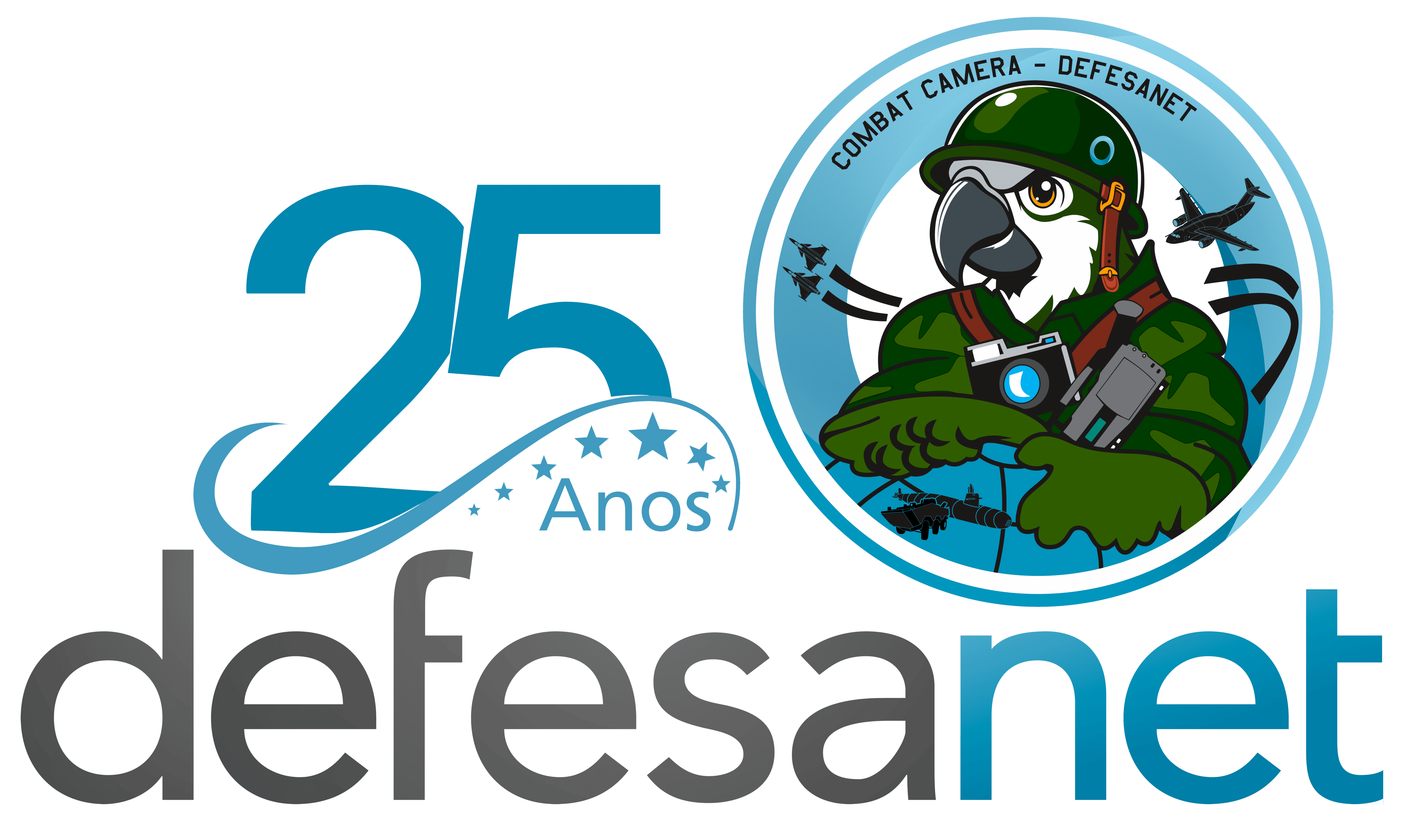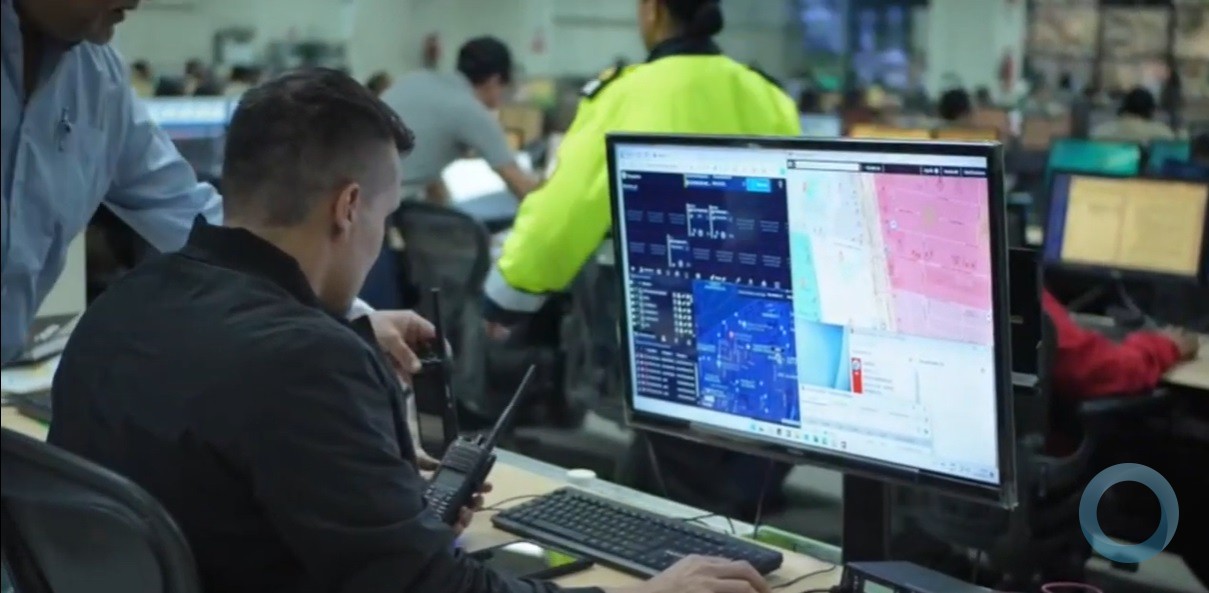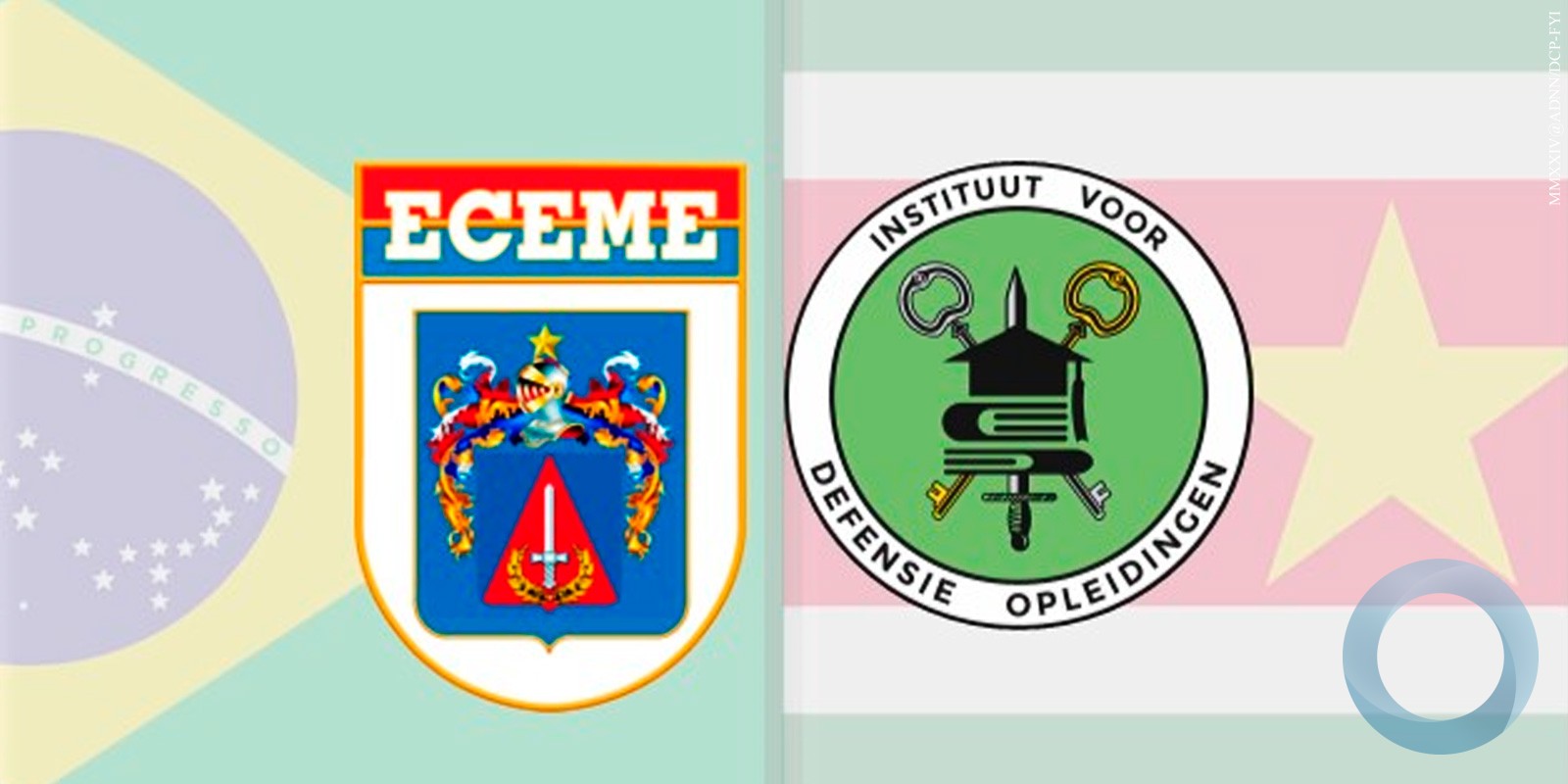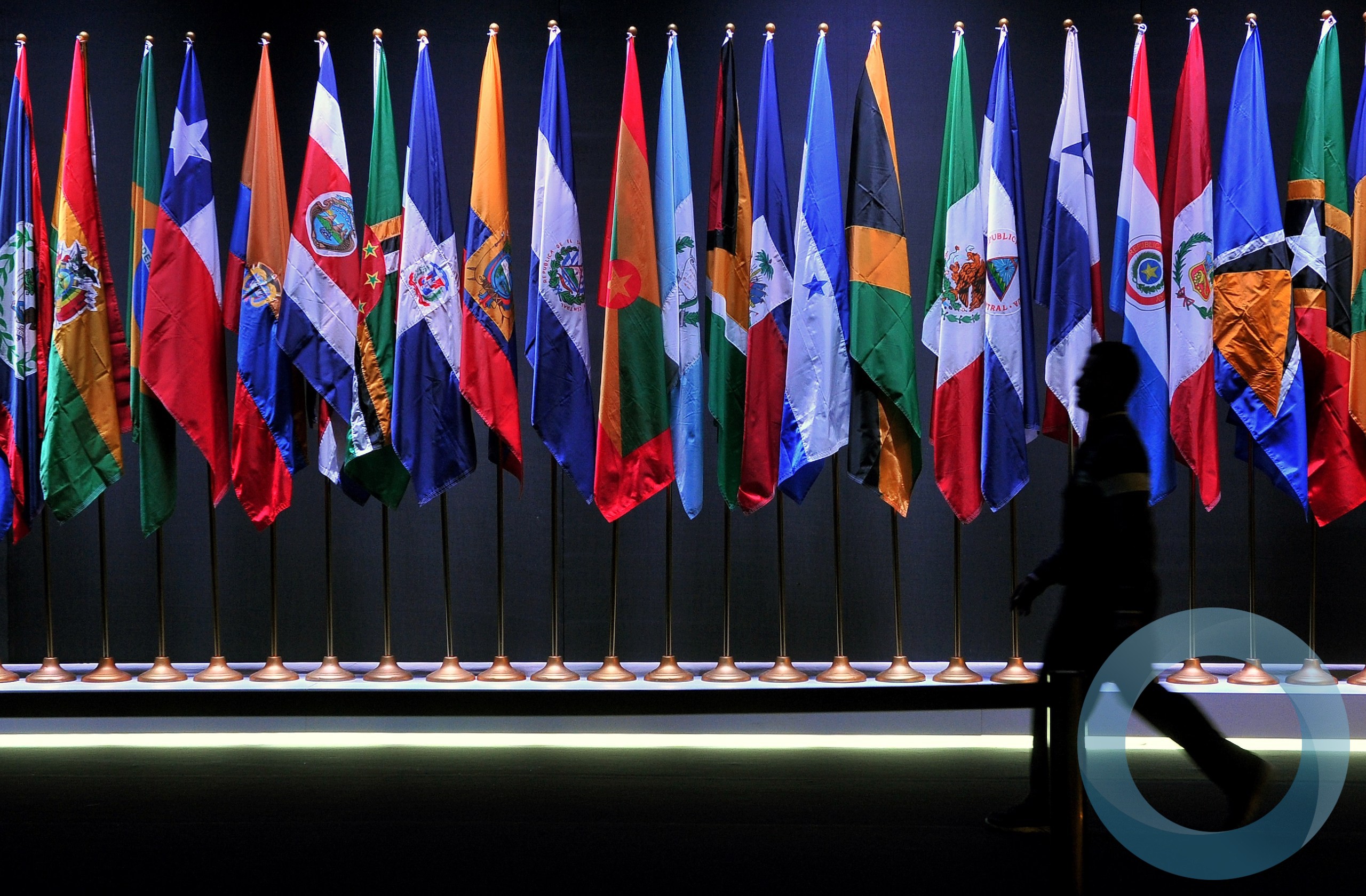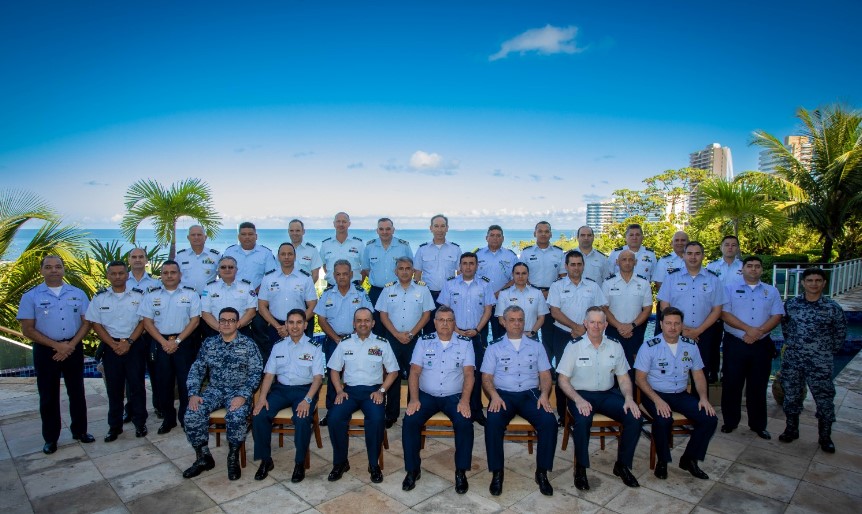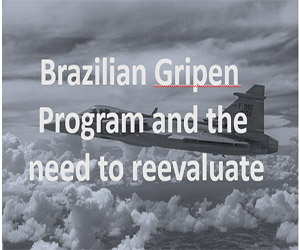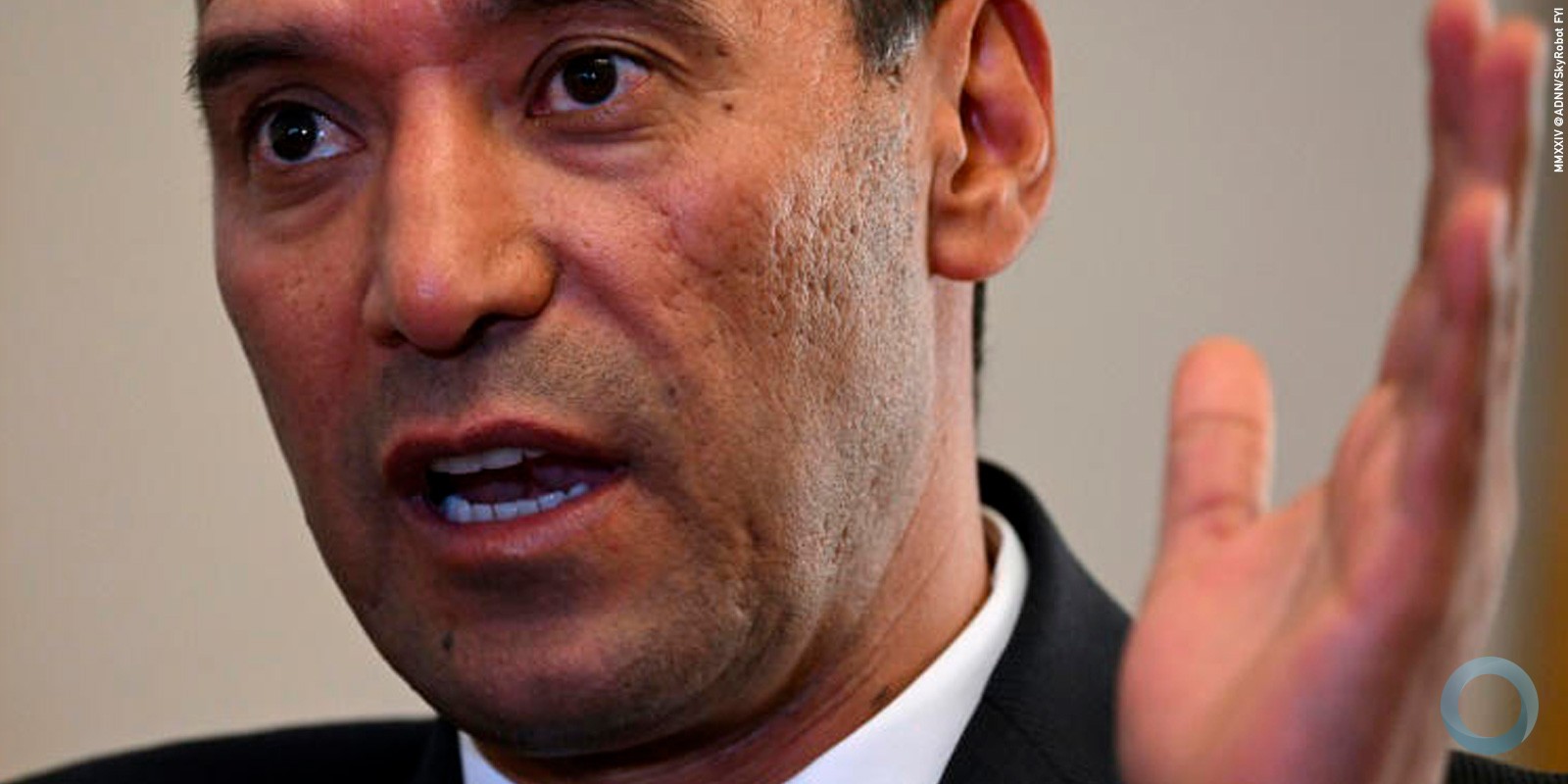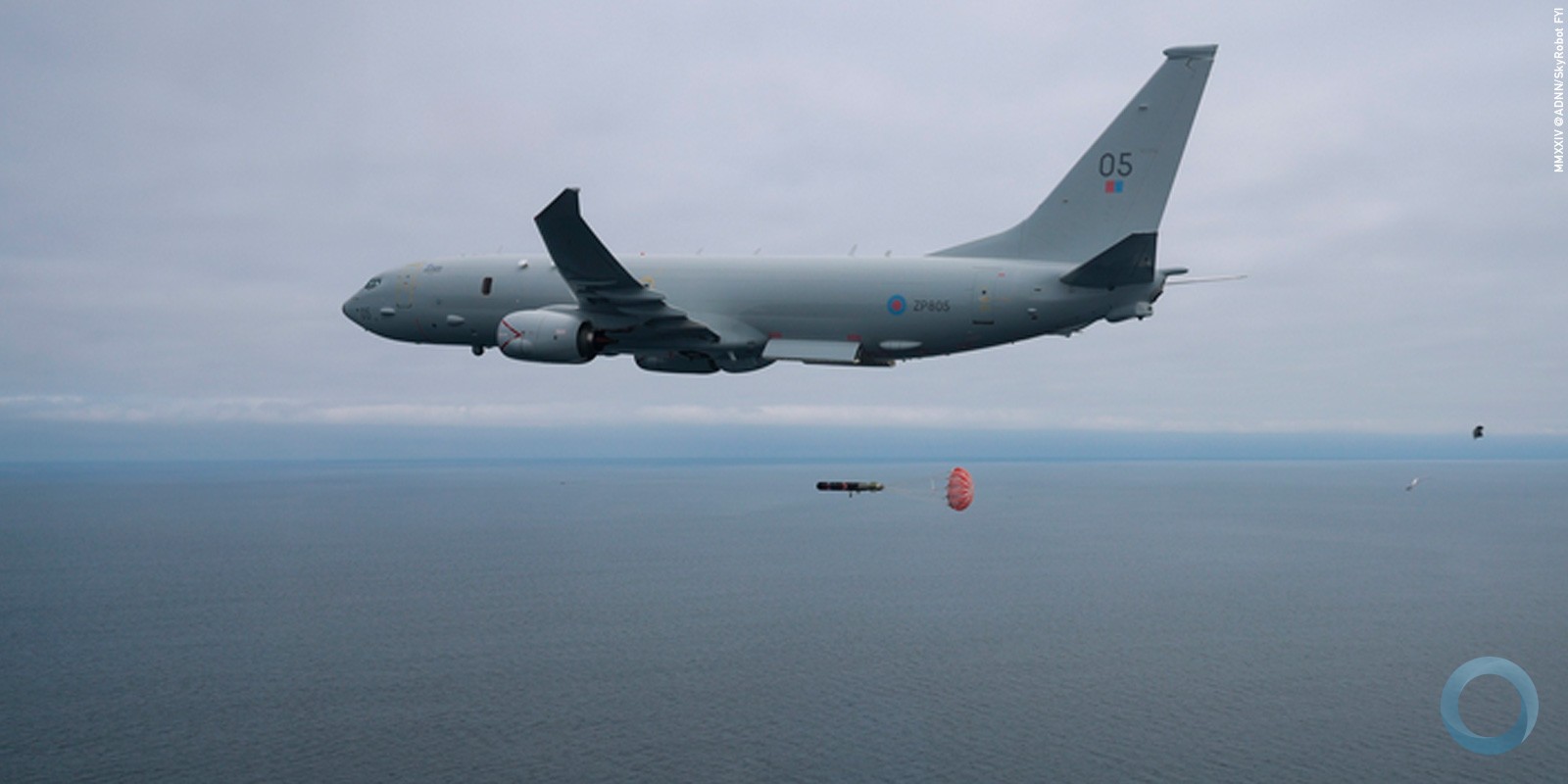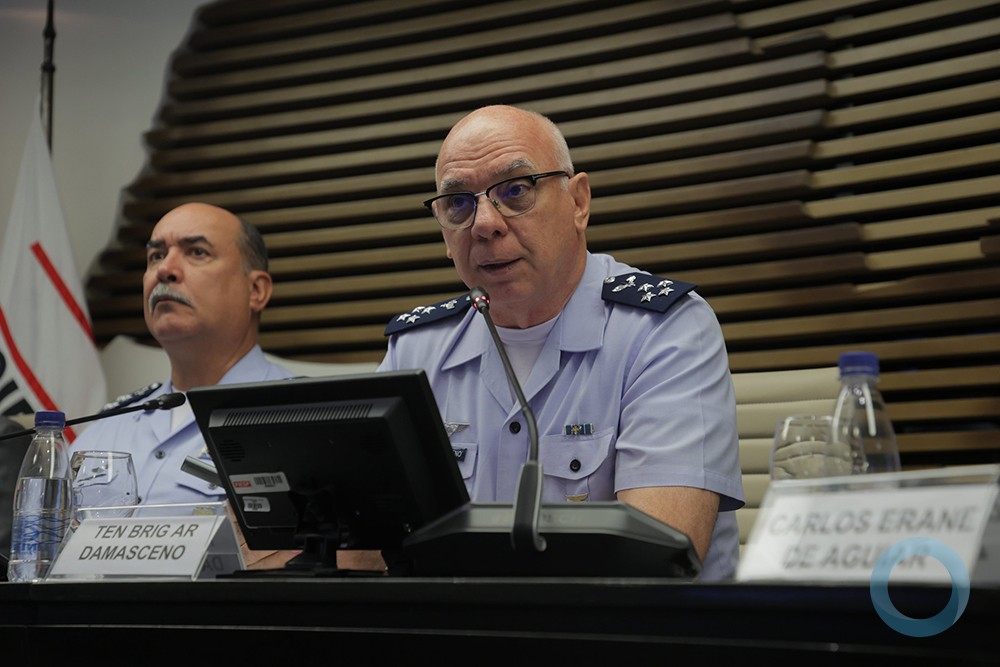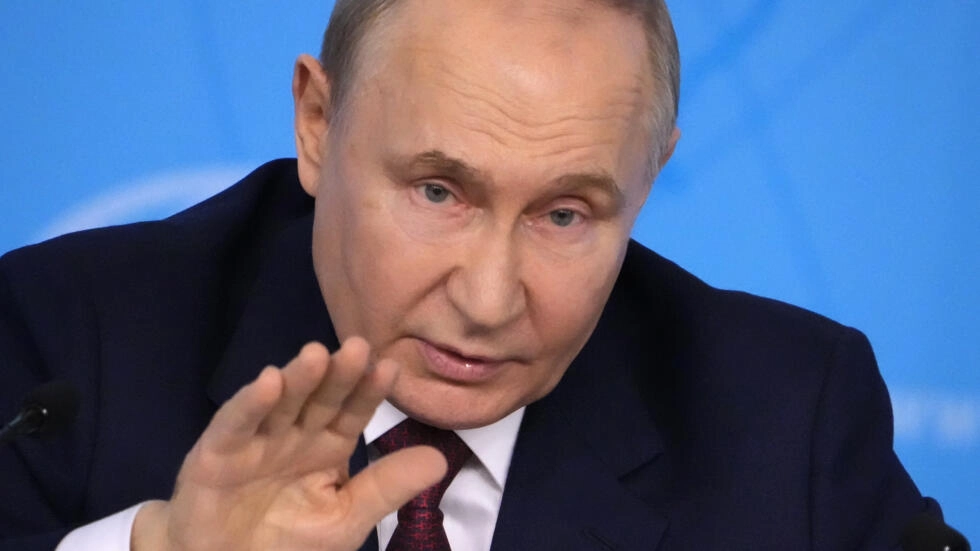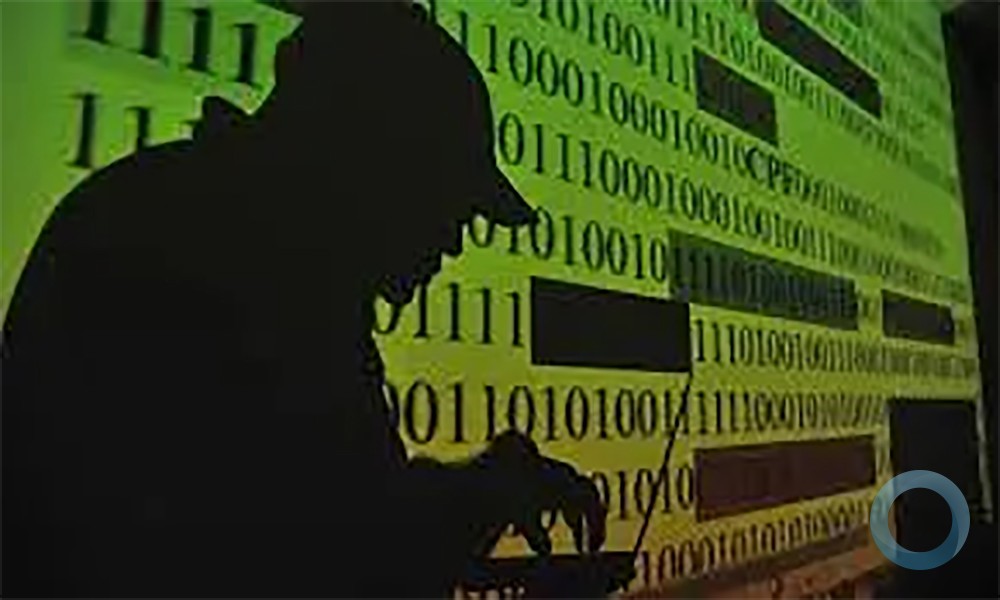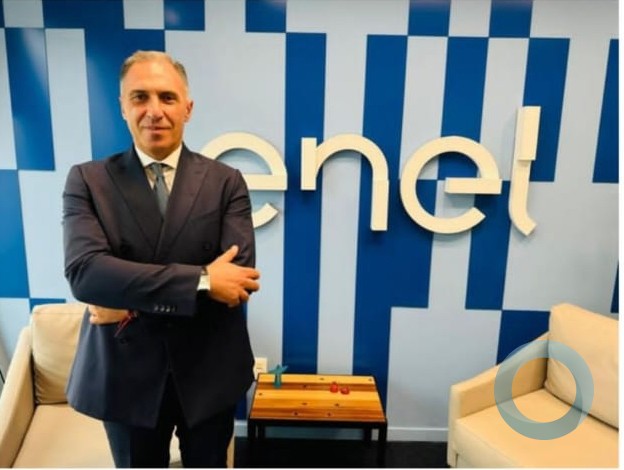Víctor Falconí Miñano
The United States Treasury Department has designated the Peruvian Maoist rebel group Shining Path (Sendero Luminoso) a "significant foreign narcotics trafficker" under the U.S. Kingpin Act, freezing the organization’s assets.
The Department also named as drug traffickers and froze the individual assets of Shining Path leaders Victor Quispe Palomino, who is known as "Comrade José;" his brother, Jorge Quispe Palomino, also known as "Raúl," and Florindo Eleuterio Flores Hala, who is known as “Comrade Artemio”. Peruvian Troops captured Comrade Artemio in February 2012. In June 2013, a court in Peru sentenced Artemio, the last of the original Shining Path leaders, to life in prison after he was found guilty of terrorism, drug trafficking and money laundering.
During his trial, which lasted six months, Comrade Artemio denied the terrorism charges and referred to himself as a "revolutionary."
"It was proven that he [Artemio] ordered the execution of a number of civilians, police and soldiers,” Judge Clotilde Cavero said when he sentenced him.
Comrade José and Raúl remain fugitives.
Weakening the Shining Path
The Treasury Department's action against Comrade Artemio, Comrade José and Raúl strikes a strong blow against the Shining Path, a violent organization that started out committing terrorist acts and now engages in drug trafficking.
"Since its founding, the Shining Path has evolved from a militant terrorist group to a criminal narco-terrorist organization responsible for trafficking cocaine throughout South America," said John Smith, acting director of the U.S. Treasury Department’s Office of Foreign Assets Control (OFAC). "Our action today supports the government of Peru's efforts to actively combat the group, and we will continue to target the Shining Path and its narco-terrorist activities."
Designating the Shining Path as a drug trafficking organization supports "the government of Peru's efforts to actively combat the group," Smith added.
Militants formed the Shining Path in the late 1970s; it began its armed insurgency in 1980, sparking a conflict with the government that left about 70,000 people dead in a span of about 20 years. In 1992, Peruvian police struck a strong blow against the Shining Path by capturing its then-leader, Abimael Guzmán Reynoso. By the late 1990s, the Peruvian Armed Forces and police had reduced the Shining Path as a threat by capturing or killing several of its key leaders and restoring security to regions that had previously been plagued by the terrorist group.
Shining Path produces and traffics cocaine
While the Military and police have made progress against the Shining Path, government security forces must remain vigilant in confronting the terrorist group, which remains active in the Apurímac, Ene and Mantaro Rivers Valley (VRAEM) region in southern Peru.
The Shining Path has undergone an "evolution from terrorism to drug trafficking, especially in the VRAEM where the rebels are active, is a known way of a group seeking survival through drug trafficking," said Alain Zegarra, director of Intelligentsia magazine. Since about 2005, the group has shifted its focus to cocaine production and trafficking; Shining Path operatives "tax" the production, processing and transport of the drug. The organization then transports cocaine and provides security for drug traffickers in south-central Peru.
In 2013, the Treasury Department praised President Ollanta Humala’s administration for "a firm commitment to countering narcotics production and trafficking.” The same year, Peru surpassed Colombia as the world’s largest producer of coca, the raw ingredient used to make cocaine, according to the United Nations Office on Drugs and Crime (UNODC).
